While it was extremely hard to leave Mahale, we were in for another amazing destination. After a bumpy boat ride back to the Mahale airstrip (really the opposite of our smooth ride there) we boarded another small plane that took us to Manyara. In Manyara we were greeted by our guide and driver Nathan, who would be with us for quite a while. Nathan then drove us to Plantation Lodge – our gorgeous accommodations for two nights while we visited the Ngorongoro Crater and Conservation Area.
The next day we were up extremely early (6am), back in the 4 x 4, and off to the Crater. The Ngorongoro Crater is a UNESCO World Heritage Site and the world’s largest inactive, intact, and unfilled volcanic caldera. It was formed when a large volcano exploded and collapsed in on itself between two and three million years ago. Ngorongoro boasts incredible greenery and vistas. But most importantly, the Crater is home to a self-contained ecosystem, and a remarkable variety of animals. The Crater was particularly full of wildebeests and zebra, as the Great Migration was passing through. We spent the day driving through the crater, observing the amazing selection of wildlife, stopping to enjoy lunch by a group of hippos, splashing around in the water. Our amazing guide Nathan seemed to be able to spot things from miles away – from 2 rhinos (we could only see them from afar) to a lioness and her cubs.
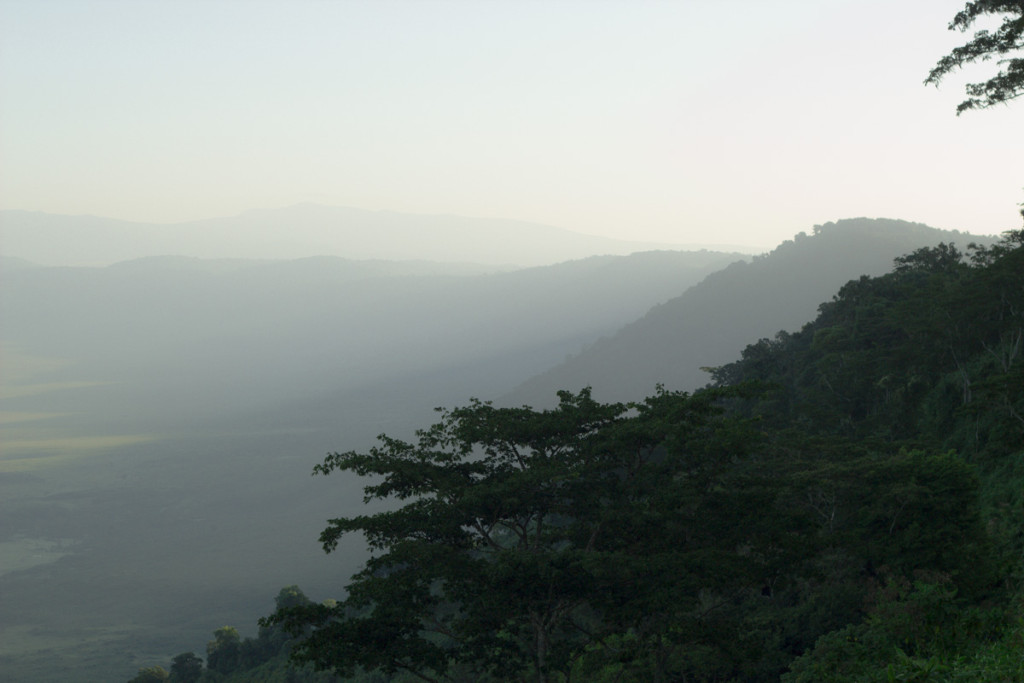
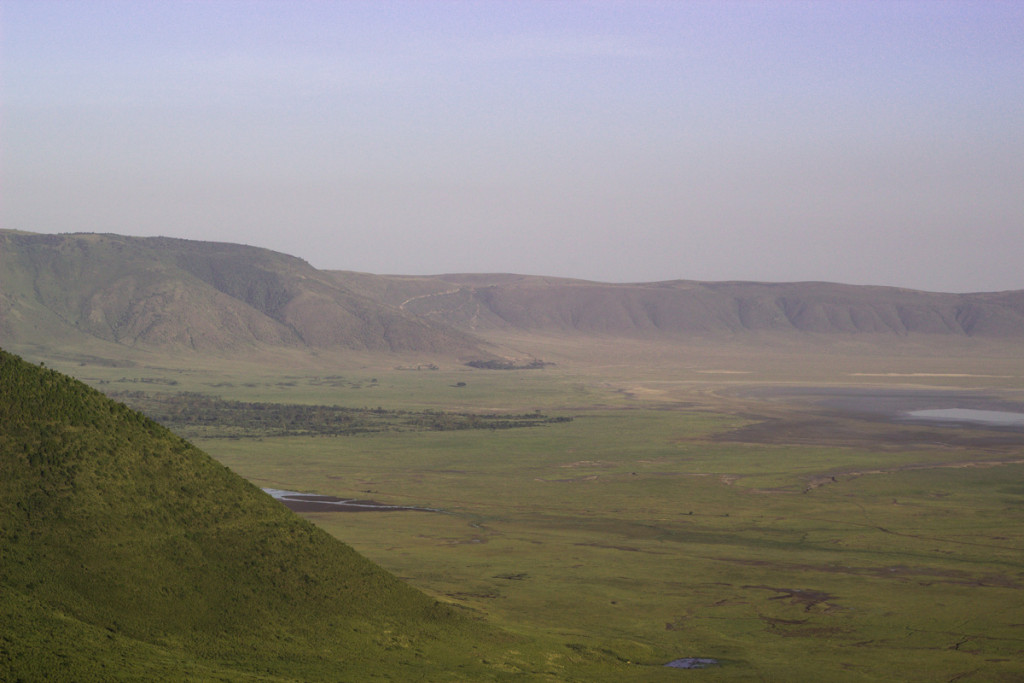
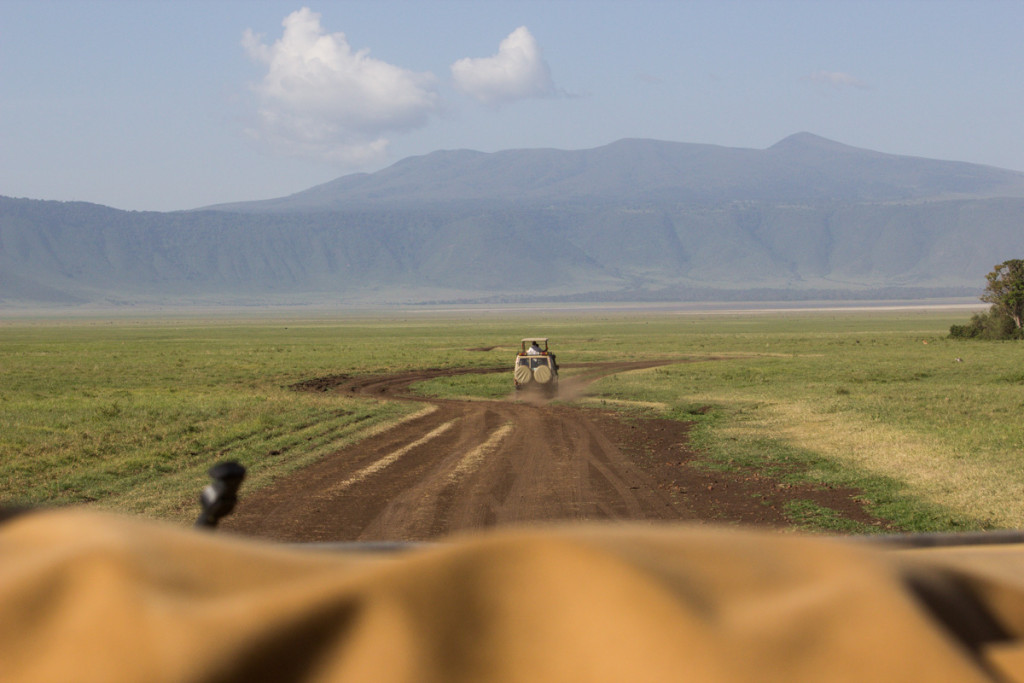
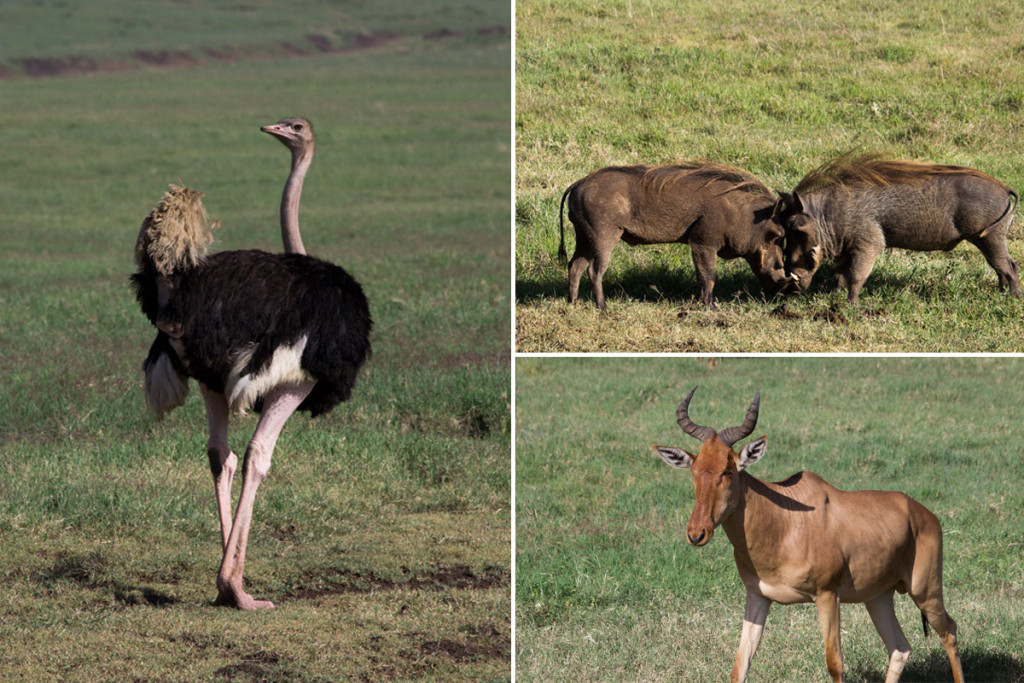
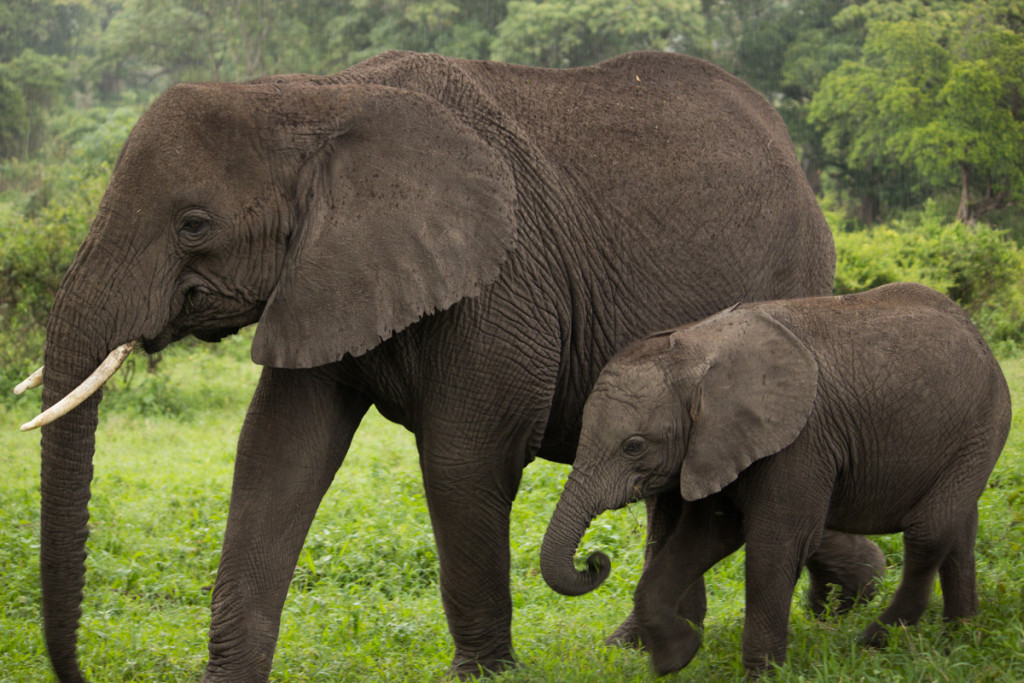

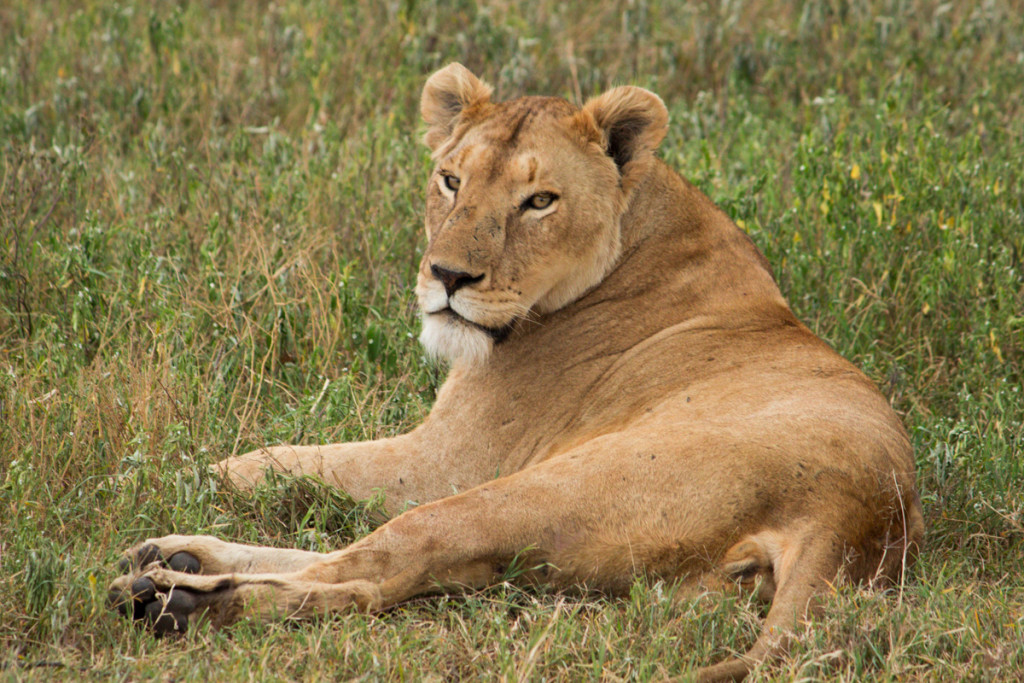
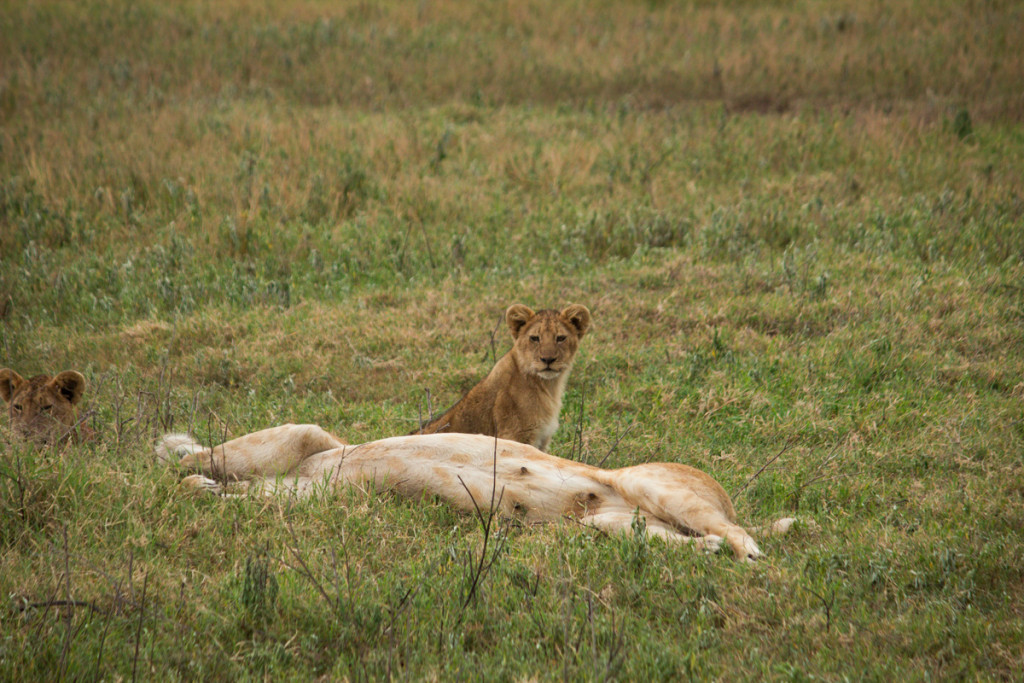
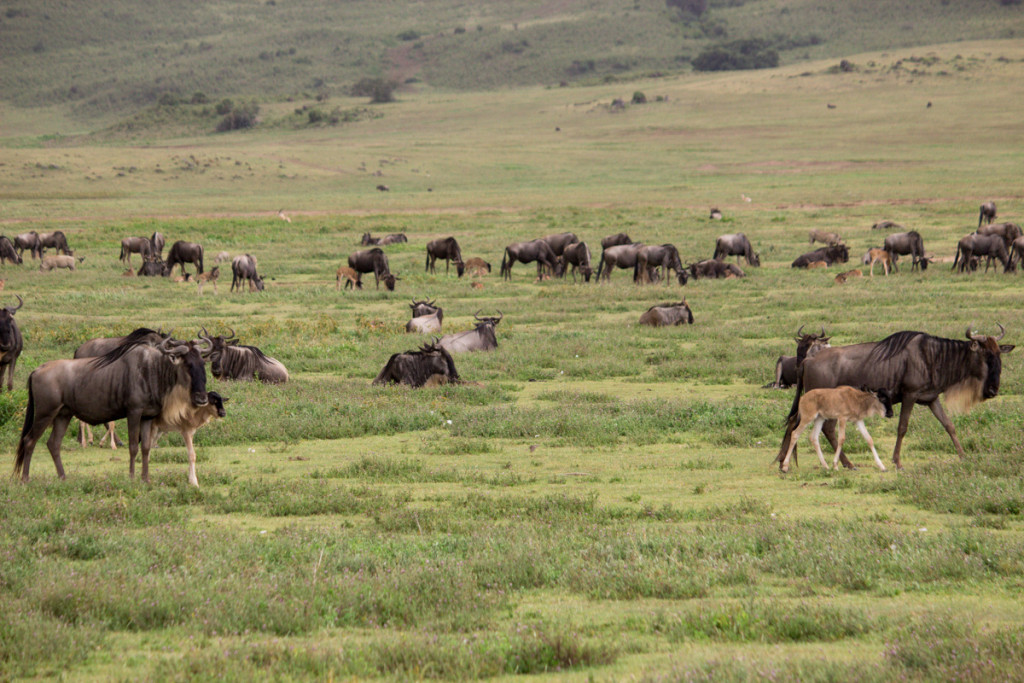 At the end of our day in the crater, we went back to Plantation Lodge where we took in the beautiful grounds (complete with mango and pomegranate trees!) and went swimming in the pool.
At the end of our day in the crater, we went back to Plantation Lodge where we took in the beautiful grounds (complete with mango and pomegranate trees!) and went swimming in the pool.
The next day we were up early again to hit the road, bound for the Serengeti. But on the way, we drove along the rim of the crater, and stopped to visit a Masai village. Masai people, whose primary livelihood is based on raising cattle, are allowed to graze their animals along the rim of the caldera, so we passed a large amount of Masai with their herds on the way. The Masai village welcomed us with a dance, of which we were encouraged to participate. While it was really fascinating to get to learn more about the Masai way of life, we couldn’t help feel that the encounter was a little bit “manufactured” for the purpose of bringing in tourists. After our brief visit, we were back in the car, beginning the drive into the Southern Serengeti.
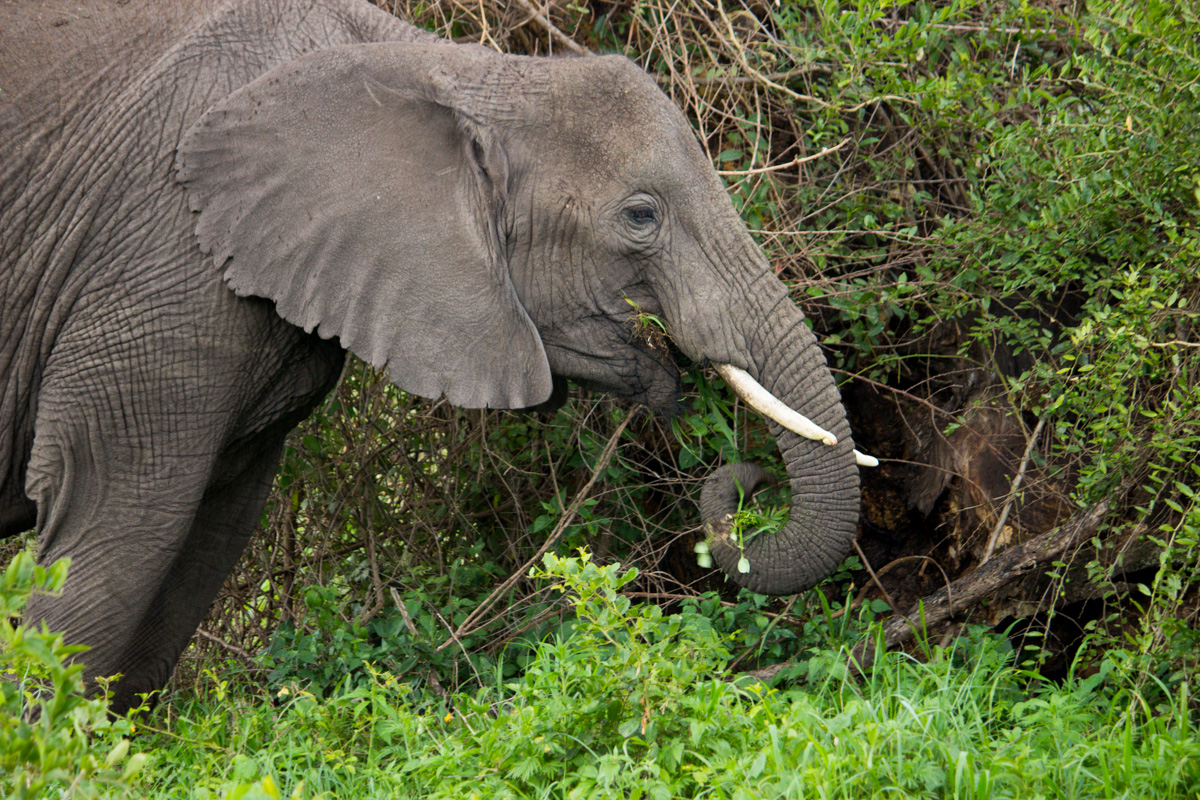
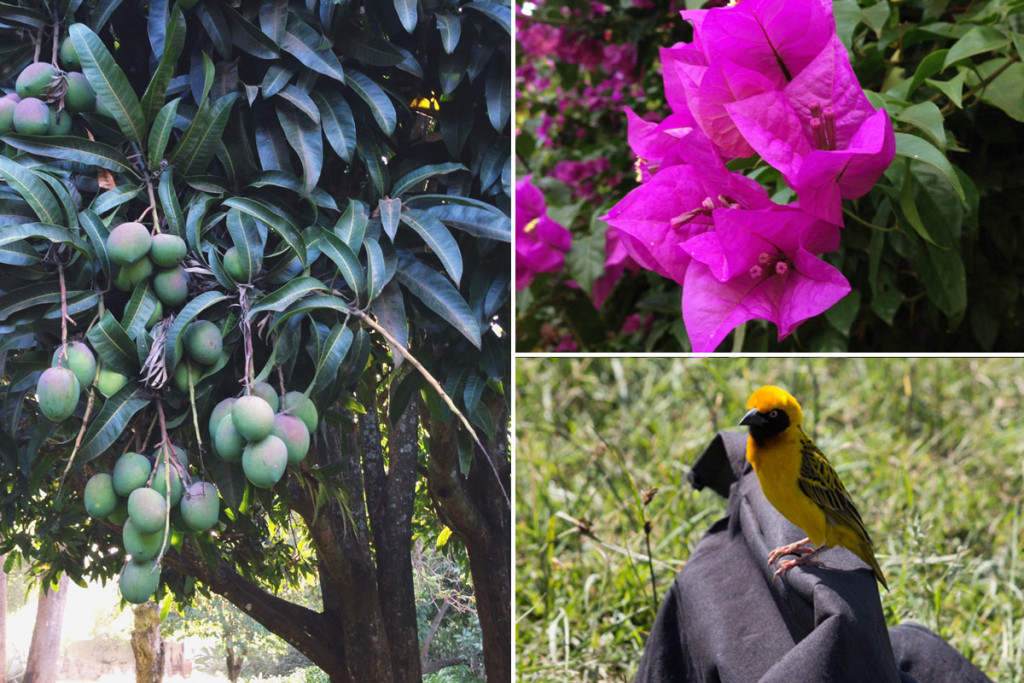
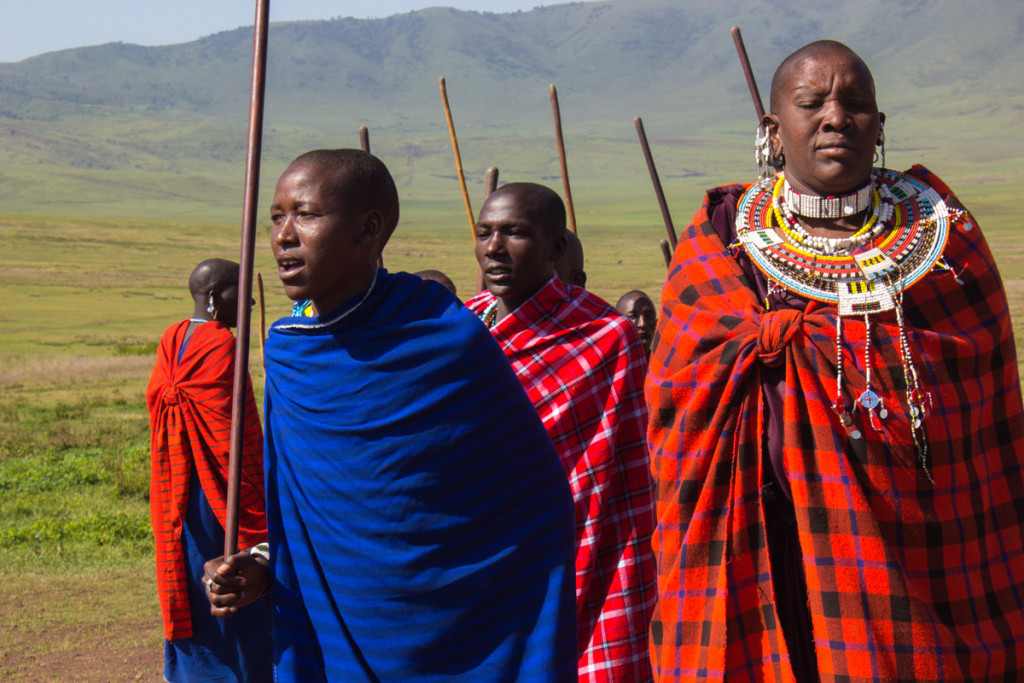
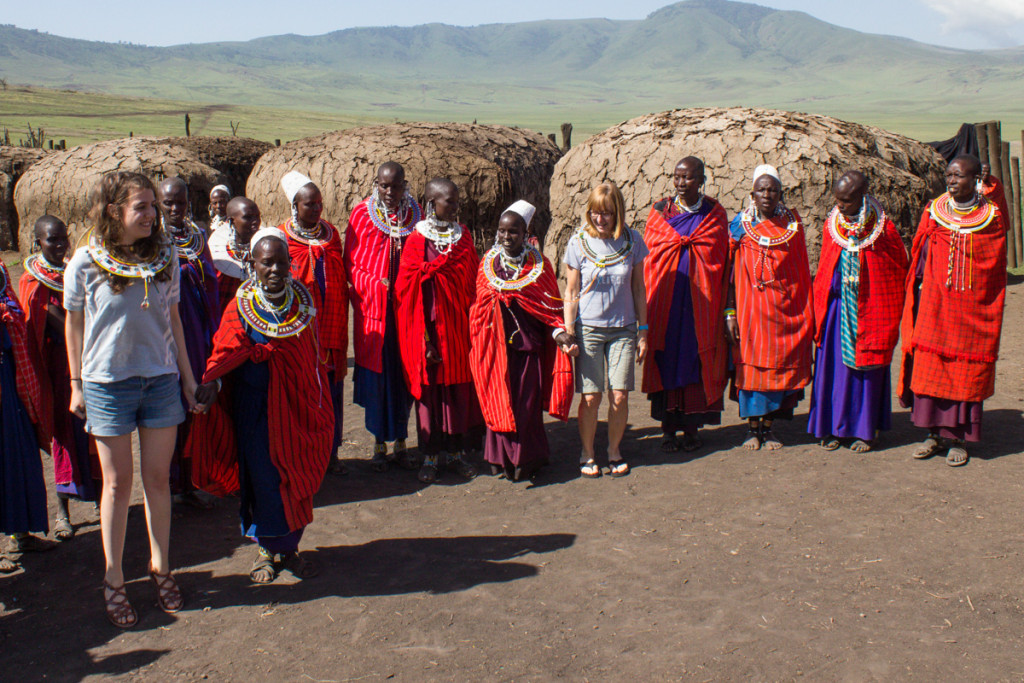
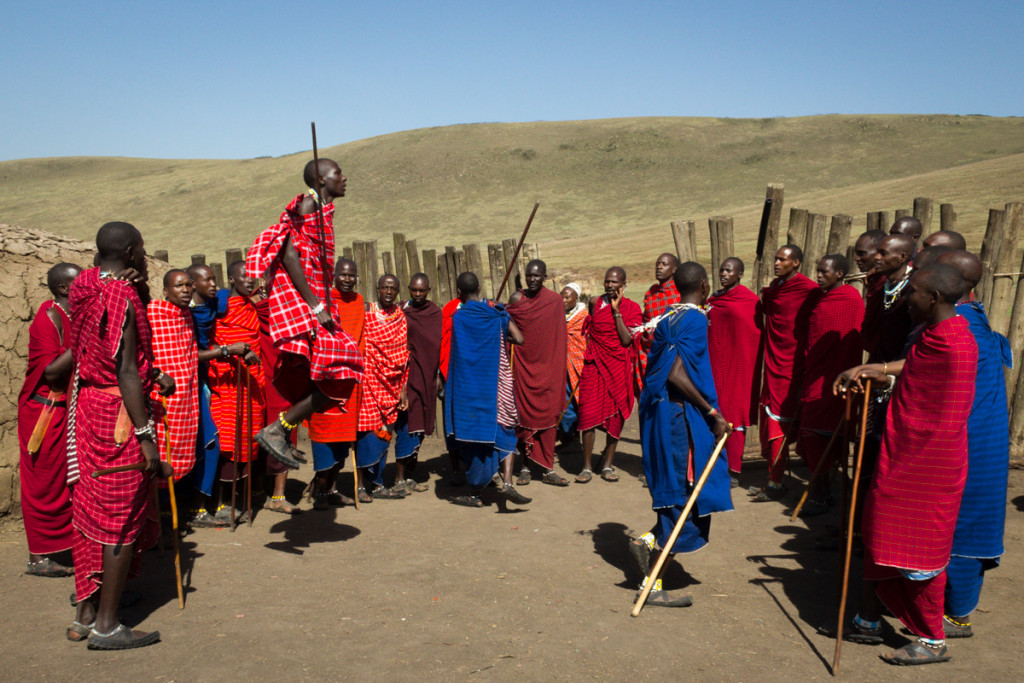
This is the dumbest comment ever, but I genuinely misread “hippos” as “hippies.”